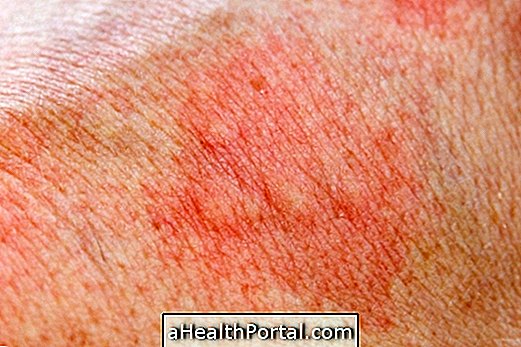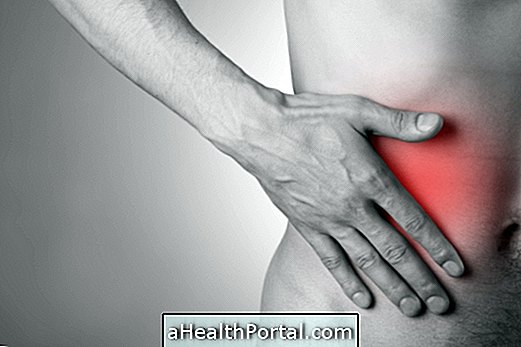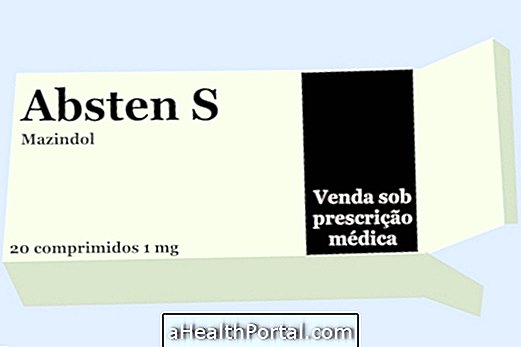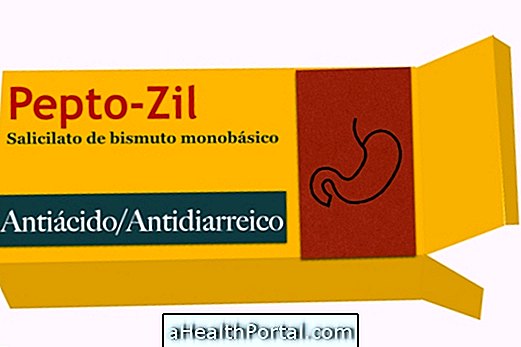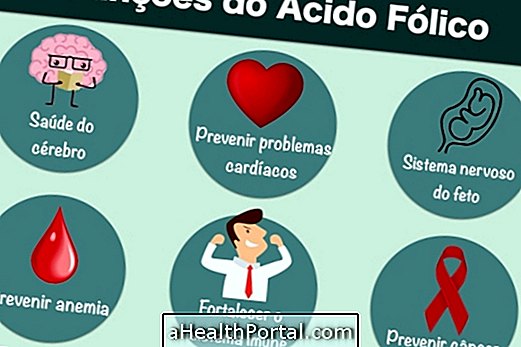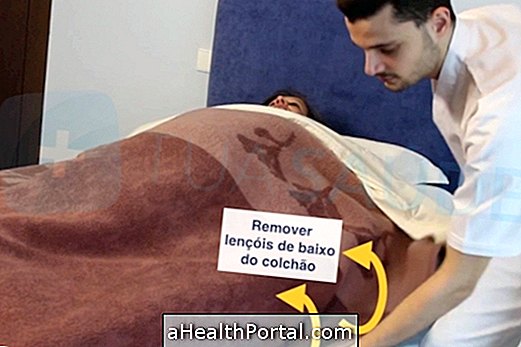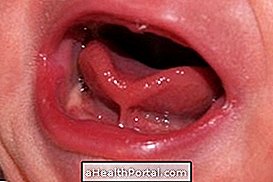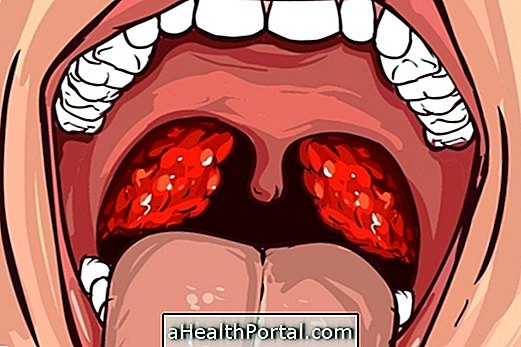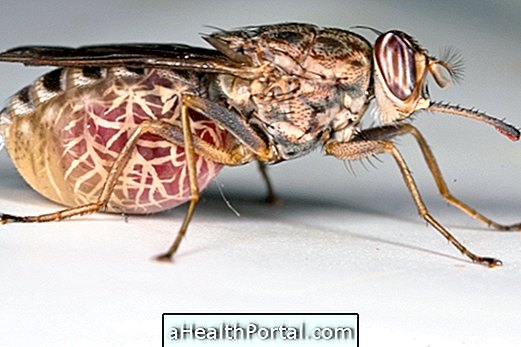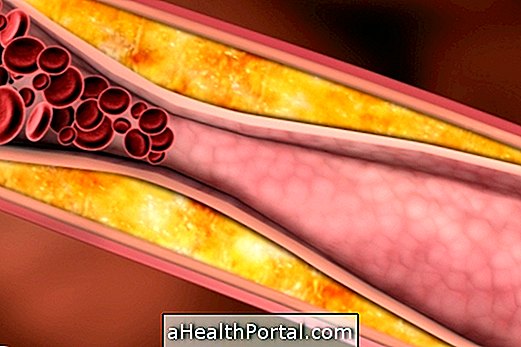Niemann-Pick disease consists of a group of very rare genetic syndromes that are inherited within the same family and that cause lipid accumulation in some organs such as the brain, spleen or liver, for example.
Depending on the affected organs, and symptoms, Niemann-Pick disease can be divided into three main groups:
- Type A : is the most severe type and usually arises in the first months of life, decreasing survival to about 4 to 5 years of age;
- Type B : is a less severe type A that allows survival to adulthood.
- Type C : is the most frequent type that usually arises in childhood, but that can develop at any age.
There is still no cure for this disease, however, it is important to have regular visits to the pediatrician to assess if there is any symptom that can be treated in order to improve the child's quality of life.
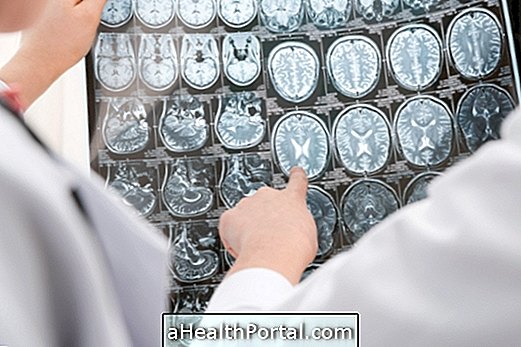
Main symptoms
The symptoms of Niemann-Pick disease vary according to the type of disease and the affected organs, so the most common signs in each type include:
Type A
- Swelling of the belly at about 3 or 6 months;
- Difficulty growing and gaining weight;
- Normal mental development until the first 12 months, which then deteriorate;
- Respiratory problems that cause recurrent infections.
Type B
Type B symptoms are very similar to those of Niemann-Pick type A disease, but are generally less severe and may appear later in childhood or during adolescence, for example.
Type C
- Difficulty coordinating movements;
- Swelling of the belly;
- Difficulty in moving the eyes vertically;
- Decreased muscle strength;
- Problems in the liver or lungs;
- Difficulty talking or swallowing, which can get worse over time;
- Convulsions;
- Gradual loss of mental capacity.
When symptoms appear that may indicate this disease, or there are other cases in the family, the doctor usually does diagnostic tests, such as a bone marrow examination or skin biopsy, to confirm the presence of the disease.
What causes Niemann-Pick disease
Niemann-Pick disease, type A and type B, arises when the cells of one or more organs do not have an enzyme known as sphingomyelinase, which is responsible for metabolizing the fats inside cells. Thus, if the enzyme is not present, the fat is not eliminated and accumulates inside the cell, which ends up destroying the cell and impairing the functioning of the organ.
The type C of this disease happens when the body is not able to metabolize cholesterol and other types of fat, which causes them to accumulate in the liver, spleen and brain and leading to the appearance of symptoms.
In all cases, the disease is caused by a genetic change that can pass from parents to children and is therefore more frequent within the same family. Although parents may not have the disease, if there are cases in both families, there is a 25% chance that the baby will be born with Niemann-Pick syndrome.
How is the treatment done?
Since there is still no cure for Niemann-Pick disease, there is no specific form of treatment either, so it is important to have regular follow-up by a physician to identify the symptoms that can be treated early in order to improve the life quality.
Thus, if difficulty in swallowing arises, for example, it may be necessary to avoid very hard and solid foods, as well as to use gelatine to make liquids thicker. If there are frequent bouts of seizures, your doctor may prescribe an anticonvulsant medicine such as Valproate or Clonazepam.
The only form of the disease that appears to have a remedy capable of delaying its development is type C, since studies show that the substance miglustat, sold as Zavesca, blocks the formation of fat plaques in the brain.


